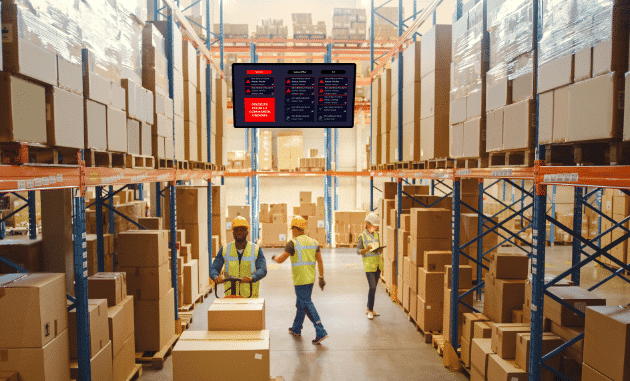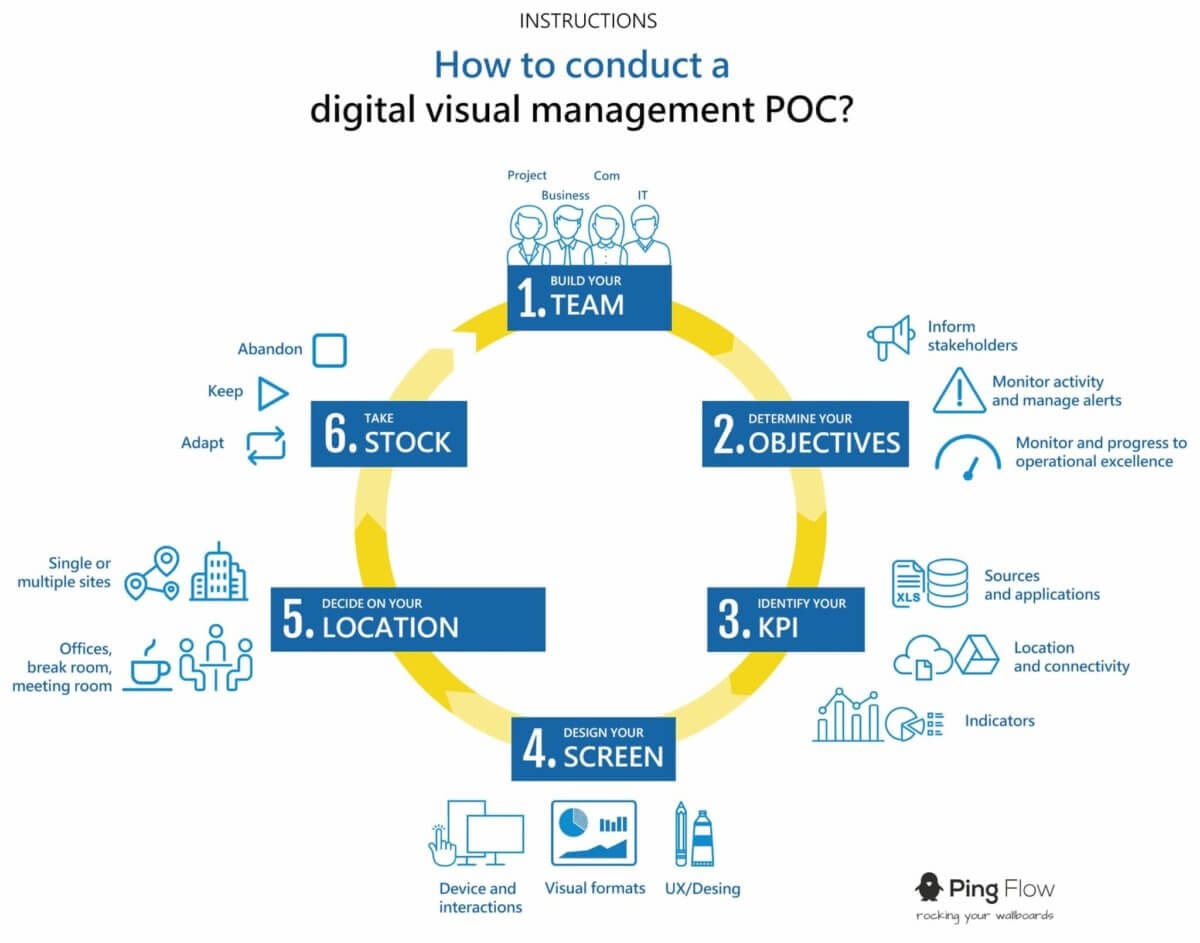The tension on the logistics teams has been further accentuated due to the Covid-19 pandemic. A large part of purchases (both households and businesses) have gone digital. Accustomed to the quality “standards” of players such as Amazon in particular, customers demand ever shorter lead times and ever cheaper delivery. At the same time, however, transport costs have clearly increased, and storage costs remain at high levels.
Consequence: logistics, especially shipping, is more than ever a cost item to be optimized to avoid degrading margins and therefore to be managed with carefully chosen indicators.
What KPIs for logistics?
Logistics is a “flow” activity, most of the information and indicators must therefore be monitored from one end of the process to the other to ensure the best possible follow-up.
Nevertheless, we can isolate, step by step, a few particularly meaningful indicators to measure (and alert if necessary) the effectiveness of operations:
- when preparing orders,
- during supplies on stations and production lines (kitting)
- during post-production shipments (to customers directly, resellers, logistics hubs, etc.)
- and finally from start to finish to supervise the whole.
Preparation some orders
- Inventory and supply management: inventory coverage rate (number of possible production days without replenishment)

- Breakage rate of essential parts
- Accident and severity rate (safety)
Shipments
- Quays occupancy rate
- Number of orders shipped / day, early / late …
- Preparation progress status
Kitting on zone of production
- Parts requests: references, quantity, destination
- Preferential delivery route: priority, urgent requests, etc.
- Composition of “packages” to be delivered by post or by operator
Logistics supervision
- Production KPI: number of units manufactured, objectives to be met
- Timing KPI: duration of production cycles and stages, lead time (time of “crossing” the plant from production to exit)
- Quality and productivity KPIs; scrap rate, synthetic rate of return of machines
- Order completion KPIs: shipped / ordered
Supply and logistics: what information at what stages for employees?
In the supply chain, the flow of information is as important as the flow of products and materials. Beyond performance indicators, a visual information system must allow each employee to access reliable and precise information on the task in progress.
Preparation some orders
- Internal “order forms” to track the progress of orders to be manufactured and shipped
- The list of components needed for today’s production
Shipments
- Occupation of platforms
- Timing: completion status of a trailer, estimated departure time in global view and by carrier
- Status of loads: in progress, finalized, delayed … and overall view and by carrier
Kitting on zone of production
- Parts requests: references, quantity, destination
- Preferential delivery route: priority, urgent requests, etc.
- Composition of “packages” to be delivered by post or by operator
Logistics supervision
- Timing KPI: duration of production cycles and stages, lead time (time of “crossing” the plant from production to exit)
- Quality and productivity KPIs; scrap rate, synthetic rate of return of machines
- Order completion KPIs: shipped / ordered
Supply chain and visual management: why digital is a “must-have”
Logistics relies heavily on information (state of resources, advanced production, shipments, etc.), and its employees are constantly mobile. In a component of the activity where speed and responsiveness are key, organizing the monitoring of performance indicators in real time is no longer even an option.
Everyone needs to have up-to-date indicators and information, where they are.
On the other hand, if the workstations and supervision are already digitized, connected to the plant’s ERP, adding an information system for procurement is just one more step in order to be able to supply chain and production around logistics that are truly “in line” with the activity: pull flow or push flow.
Thus, from the receipt of orders at the entrance of the factory to the dispatch of finished products, the digitization of information makes it possible to optimize the entire production chain. For the greater benefit of employees and of the company.
Kaizen
Fusion of two Japanese words, “Kai” and “Zen”, which respectively mean “change” and “good”, Kaizen therefore means to say “Analyze to make better”. This approach is based on small improvements made on a daily basis, as opposed to “throw it and start all over” in the West. Each worker must reflect on his work and his environment and come up with ideas for improvement. Kaizen does not require a lot of investment but a strong motivation of all employees … employees who must also have objective information to judge their performance



